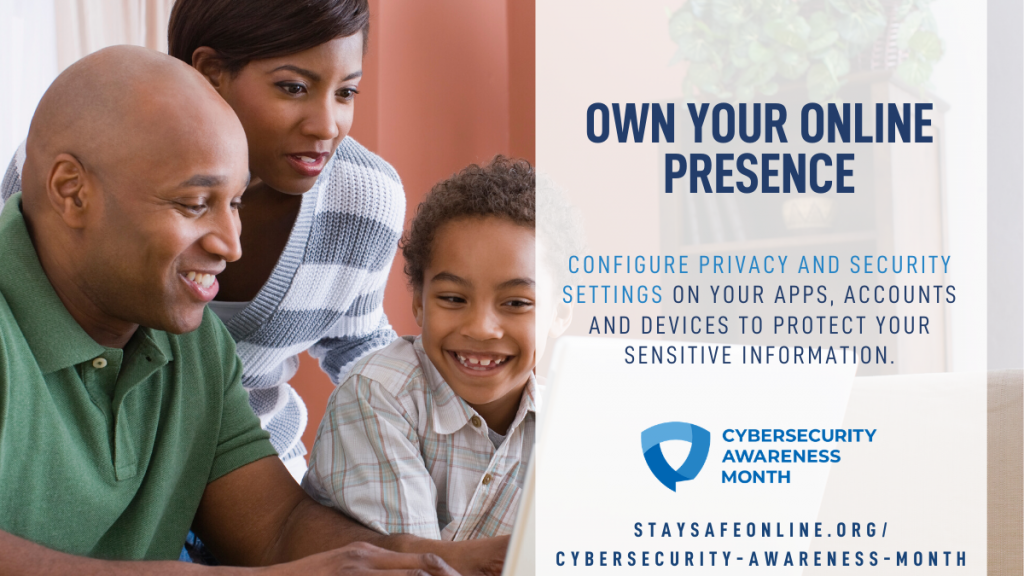Social media can do wonders for you as an individual, as well as if you are running your own online business. It can help you build a loyal following, spread word, and awareness about your brand, and reach out to other like-minded people, as well as family and friends. And the best thing about it is that it’s incredibly easy to do since everyone you are looking for is already there. It is estimated that there will about 3.6 billion users on social media by the end of 2020!
However, because the power of social media is so easy to utilize, most people let their guard down when it comes to cybersecurity. Researchers are now anticipating that advanced attacks against social media networks will be able to leverage a user’s contacts, location, and even business activities. This information can then be used to develop targeted advertising campaigns toward specific users, or even help spark crime in the virtual or real world. To give some perspective on how common these attacks are, one in every five phishing scams targets Facebook.

COMMON SOCIAL MEDIA RISKS
- Fake Invitations. In 2019, LinkedIn accounted for 56% of all phishing email subject lines. These phishing emails typically take the form of an invitation, where another LinkedIn user invites the victim to “join their network .” Another common tactic is to receive an invitation to join an event or group from a scammer who will say that they found your profile on LinkedIn. If you do not know the person, it’s a good rule to generally never provide them with personal information until you can verify their identity or association with a particular organization.
- Fake Account Emails. If you did not request a password reset email or sign up for an account on a certain social media platform, then you should be highly suspicious if you receive an email for either of those actions. When in doubt, throw it out. Also you should always verify the validity of any emails requesting that you “unlock your account” or that you “update your credentials”. If you receive these types of emails and they urge you to take an action immediately or you will loose access, that should be a giant red flag.
- Providing Too Much Personal Information. Whether you are representing yourself or your business, avoid sharing stuff like your date of birth, places where you have attended school, as well as names and pictures of your family members if you are using a non-private account. Those pieces of information are enough for most identity thieves to break into your accounts or even to apply for credit cards using your personal info.
- Catfishing. Social media and online dating apps are extremely convenient since they allow you to find a partner online in no time. However, one of the most common problems of online dating is catfishing, where your partner fakes their identity. You may run into a catfish whose goal is to get you to reveal personal and financial information.
- Home Invasions. Social media can even expose you to actual attacks and home invasions. Sure, you may be excited about your vacation, but you are basically telling strangers the exact time when you are not going to be home, which leaves them with plenty of time to break in and steal anything valuable. And you don’t even have to be away for long. Simply using the “checking in” feature or geo-tag locations on social media will let thieves know that you will be away for a few hours.
- Unused Social Media Accounts. If you leave social media accounts unattended for too long, you could enable hackers to break into your account. They can commit fraud, post inappropriate messages, and perform all sorts of illegal activities under your name. It is highly recommended that you regularly change your password on any social media accounts you may own, even if you don’t regularly post on them. If the social media platform offers it, enabling 2-factor authentication can greatly boost the security of social media accounts that are not regularly used.
- Unsecured Mobile Devices. Accessing your social media accounts using your mobile phone can be done with just one tap, which is great, as long as you are the only person using your phone. But what happens if you lose it or if it gets stolen? Someone else would have instant access to your most personal data and conversations, and in case you have lost your company phone, they could even harm your business. You should at least make sure to protect your phone with a strong password.
TIPS TO PROTECT YOURSELF AND YOUR ACCOUNTS
- Every time you sign up for a new account, download a new app or get a new device, immediately configure the privacy and security settings to your comfort level for information sharing.
- Check your app permissions and learn to just say “no” to privilege requests that don’t make sense.
- Regularly check your security settings (at least once a year) to make sure they are still configured to your comfort.
- If it is not needed, turn off the location function when posting on social media apps.
- Enable 2-factor authentication (if offered) and regularly change your passwords.
- Use different passwords for each social media account, that way if one gets compromised the others are still safe.
- Be on the lookout for phishing or spam attacks that are attempting to steal your account credentials.
- Use antivirus software on your personal devices that automatically checks for malware, worms, viruses, and other cyber risks.
